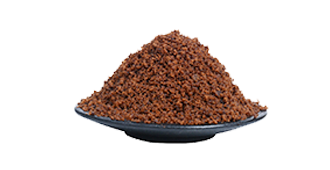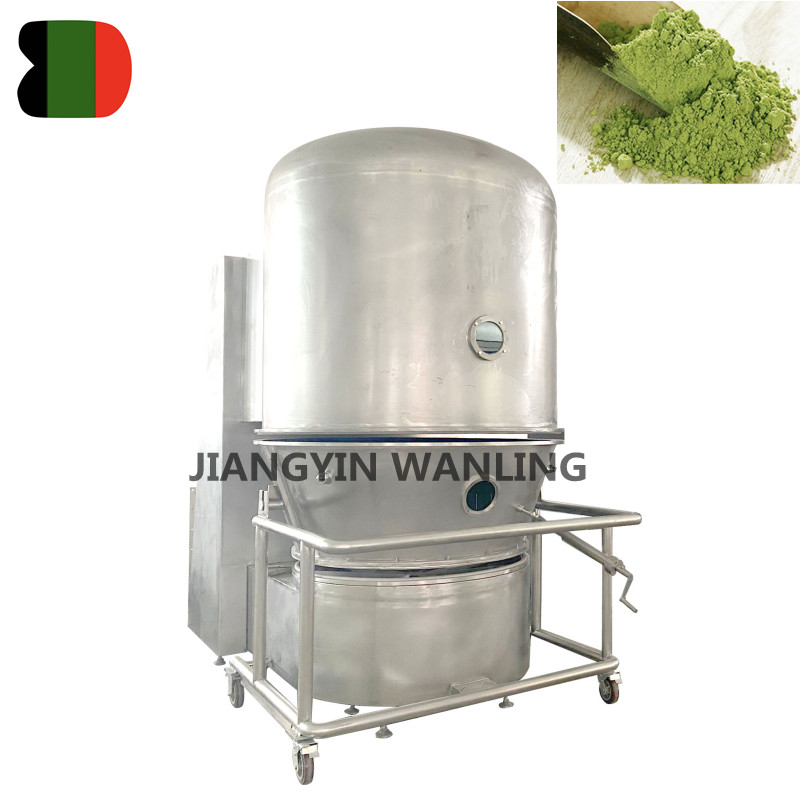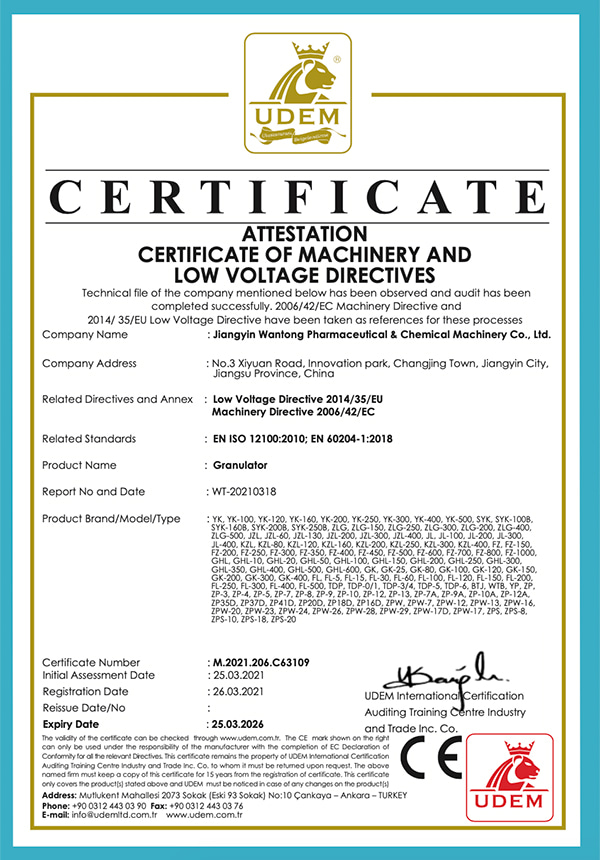Fluidized Bed Dryer Manufacturer
-


GFG Stainless Steel Fluidized Bed FBD Dryer Machine
GFG Type High Efficient Fluidized dryer has more fluidized range than traditional horizontal XF fluidized drier and can be easily cleaned. W... -

GFG Powder Fluid Bed Dryer Drying Machine Factory
The GFG dryer well-suited for a wide range of powders: It can handle wet and sticky materials, which are typically more challenging to dry i... -


GFG powder fluid bed dryer machine factory
The GFG powder fluid bed dryer has more fluidized range than traditional horizontal XF fluidized drier and can be easily cleaned. When fluid...
The GFG series high-efficiency fluid bed dryer refers to the air that is heated and purified, introduced from the bottom by an induced draft fan, passes through the mesh plate of the hopper, and forms fluidization through stirring and negative pressure in the studio. After rapid evaporation of water, it is carried away with the exhaust, and the material is quickly dried. This machine is suitable for industries such as pharmaceuticals, food, and chemicals.

About Us
Honor
-
 Honor
Honor -
 CE
CE
News
-
Industry News 2025-10-22
1. What a Horizontal Ribbon Mixer Is and Where It’s Used A horizontal ribbon mixer is an industrial ...
View More -
Industry News 2025-10-16
A tray dryer is a batch drying equipment widely used in the pharmaceutical, food, and chemical indus...
View More -
How does a double cone blender compare to ribbon blenders or V-blenders for industrial applications?Industry News 2025-10-09
A double cone blender has distinct advantages and limitations when compared to ribbon blenders and V...
View More -
Industry News 2025-10-01
Electric-Powered Tray Dryers Advantages: Precise and Stable Temperature ControlElectric-powered tr...
View More
Industry Knowledge Expansion
What are the advantages of using a fluidized bed dryer compared to other drying methods?
Fluidized bed dryers offer several advantages over other drying methods, making them a popular choice in various industries. Here are some key advantages:
Uniform Drying: Fluidized bed dryers provide uniform drying throughout the material, ensuring consistent moisture content and quality.
Gentle Handling: The gentle fluidization process minimizes product degradation and maintains the integrity of delicate materials, such as pharmaceuticals or food products.
Efficient Heat Transfer: The fluidization of particles maximizes contact between the drying medium (usually air) and the material, leading to rapid and efficient heat transfer, reducing drying time.
Controlled Drying Conditions: Fluidized bed dryers offer precise control over airflow rate, temperature, and humidity, allowing for tailored drying conditions to suit different materials and requirements.
High Heat and Mass Transfer Rates: The turbulent mixing of particles in a fluidized bed enhances heat and mass transfer rates, resulting in faster drying compared to other methods.
Versatility: Fluidized bed dryers can handle a wide range of materials, including powders, granules, crystals, and even sticky or agglomerated substances, making them versatile for various industries.
Continuous Operation: Many fluidized bed dryers are designed for continuous operation, leading to higher productivity and throughput compared to batch drying methods.
Energy Efficiency: Due to the efficient heat transfer and control over drying conditions, fluidized bed dryers can be more energy-efficient than other drying methods, reducing operating costs.
Reduced Environmental Impact: Some fluidized bed dryers offer features like integrated dust collection and emissions control systems, minimizing environmental impact and ensuring compliance with regulations.
Ease of Scale-Up: Fluidized bed dryers can be easily scaled up or down to accommodate different production volumes, making them suitable for both small-scale and large-scale operations.
How does the airflow rate and temperature affect the drying process in a fluidized bed dryer?
The airflow rate and temperature play crucial roles in determining the efficiency and effectiveness of the drying process in a fluidized bed dryer. Here's how they affect the process:
Airflow Rate:
Drying Rate: The airflow rate influences the rate at which moisture is removed from the material. Higher airflow rates typically result in faster drying due to increased convective heat and mass transfer.
Fluidization: The airflow rate controls the velocity of air passing through the bed, which affects the degree of fluidization of the particles. Optimal fluidization is essential for uniform drying and preventing particle agglomeration.
Heat Distribution: Proper airflow ensures even distribution of heat throughout the bed, preventing localized overheating or under-drying of the material.
Temperature:
Evaporation Rate: Temperature directly affects the rate of evaporation of moisture from the material. Higher temperatures generally lead to faster drying but must be carefully controlled to avoid thermal degradation of sensitive materials.
Energy Efficiency: Higher temperatures can increase energy efficiency by reducing the relative humidity of the drying air, allowing it to absorb more moisture from the material.
Product Quality: Temperature control is critical for preserving the quality and integrity of the material being dried. Excessive temperatures can lead to overheating, loss of volatile compounds, or undesired chemical reactions.
Safety: Operating temperatures must be within safe limits to prevent combustion, thermal decomposition, or other hazardous conditions.
Optimal airflow rate and temperature settings depend on factors such as the characteristics of the material being dried, desired drying rate, and equipment specifications. Fine-tuning these parameters ensures efficient drying with minimal energy consumption and optimal product quality.



 Español
Español
